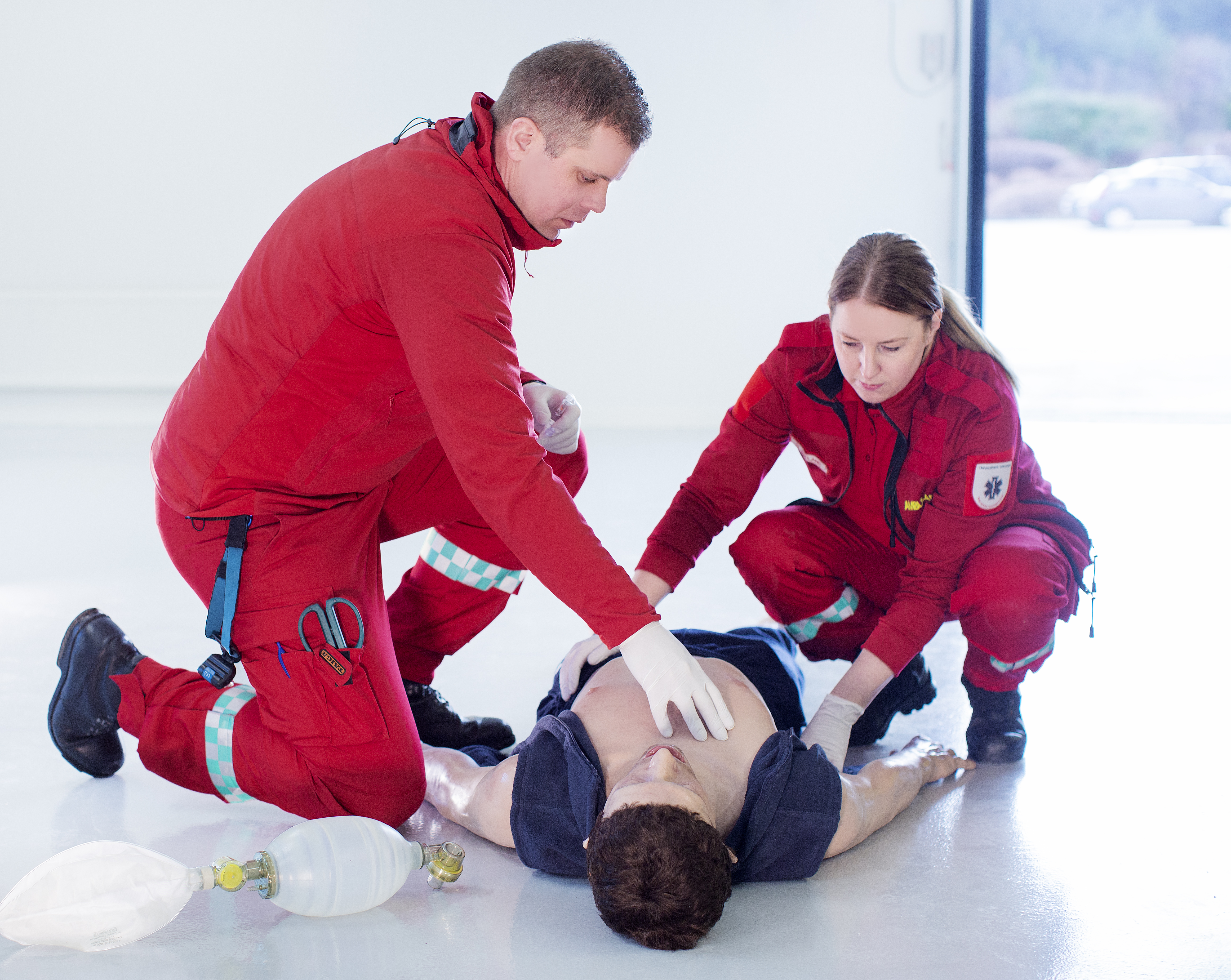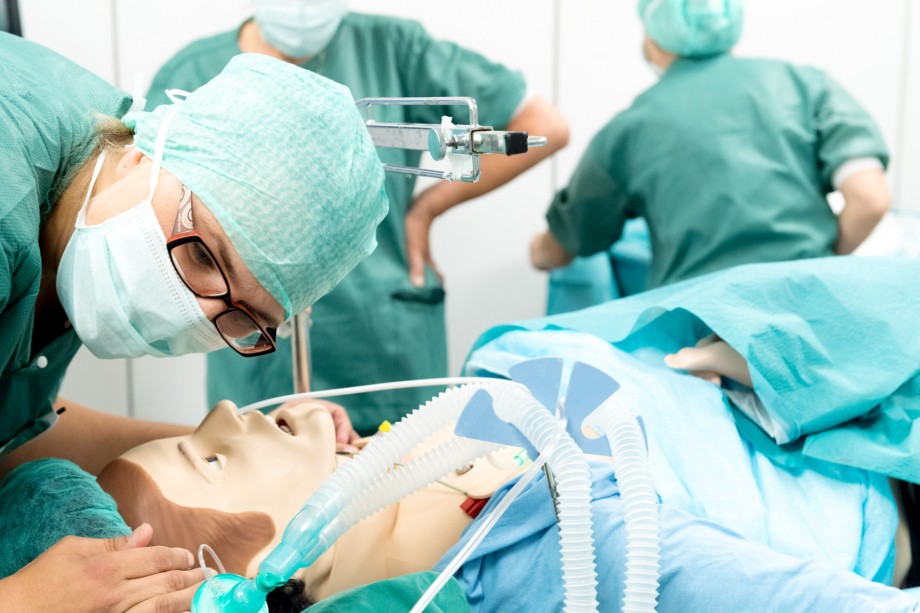Together with nine partners, the Faculty of Health Sciences at UiS has received approximately NOK 10 million from the EU for the development of an innovative training course in emergency medicine.

First published 12. august 2020. Text: Cathrine Sneberg
The SAFETY project has been granted funding from the EU program Erasmus + Knowledge Alliances.
– SAFETY aims to standardize the education of health professionals in emergency medicine, says Thor Ole Gulsrud, Head of the Department of Quality and Health Technology and one of the participants in the project.
The project brings together several European universities and companies working on the development of simulation tools to focus a new course in emergency medicine. The course will consist of both practical and theoretical modules.
– The project aims to give students access to a course based on best practice from all educational institutions in Europe that offer similar courses.
Need for emergency medical training
There is a need for reorganisation of the practical training in the education of health professionals with increased use of simulation of patient situations. The purpose of SAFETY is to offer a course that addresses the need for emergency medical training at universities in Europe that offer this type of education.
The course will include two new modules; one that addresses situations where a key person in the team is missing (for example a doctor or nurse) and a module that addresses situations where the relatives of a patient panics.
All the theoretical modules in the course will be offered using an e-learning tool, while the practical modules will be offered using simulation equipment.
A common European practice
UiS will be part of a European training network that enables sharing of best practices. By standardizing the training, health professionals can work at different hospitals in Europe with the certainty that they have the same competence as their colleagues, regardless of geographical location.
The course will focus on communication skills and interdisciplinary collaboration.
– This is important to prevent malpractice and reduce the number of unwanted incidents in the health services. The project is also important in terms of our university’s commitment to simulation and e-learning. This strengthens our position within the field, says Gulsrud.

UiS involved in all work packages in the project
The course will build on existing best practice, but also include training needs that emerge through literature review and interviews of students and academic staff.
– At UiS, we aim to lead the work of conducting a literature review where the goal is to identify the optimal team composition for training through simulation device, says Gulsrud.
– We will also lead the work of developing material that will be used to simulate situations where the relatives of a patient panics. Such situations can have a negative impact on the team working with the patient and reduce the possibility of survival in an emergency, he adds.
New partners for UiS
Knowledge alliances are European collaborative projects for higher education institutions and businesses. The alliances will contribute to innovation in education and business, in addition to strengthening competence in entrepreneurship.
10 partners from 7 different countries are involved in the project. They are all new partners for UiS and the Faculty of Health Sciences.
The project is led by Università degli studi di Foggia (Italy). Other higher education institutions are the University Clinic Hospital of Barcelona (Spain), Prof. Dr. CC. Iliescu Emergency Institute for Cardiovascular Diseases (Romania), and Ludwig-Maximilians University of Munich (Germany). Business partners involved in the project are ValueDo, Infotech, Laerdal Italy, Alpha Medical Concepts and Take the Wind (all from Italy).
Peter Dieckmann, Professor II at the Department of Quality and Health Technology, has led the application process at UiS and will be the contact person for the project. Dieckmann will also be central in the development of new simulation scenarios.
The project starts in January 2021 and will last three years. It has a total budget of 932,779 euros, of which UiS's share amounts to 148,679 euros (approximately NOK 1.6 million).